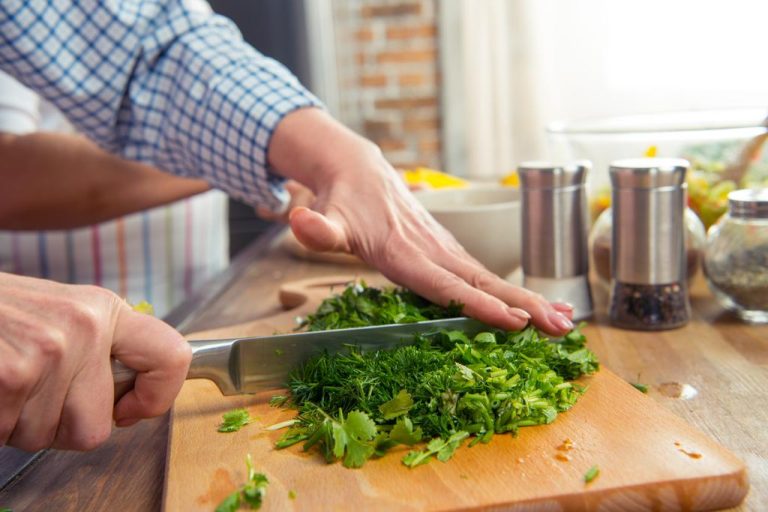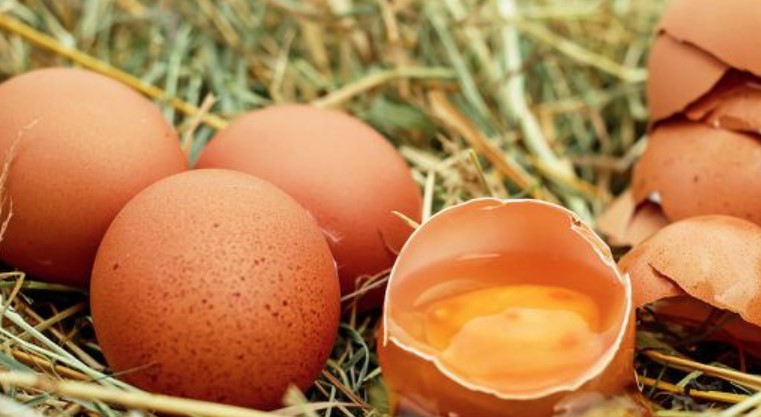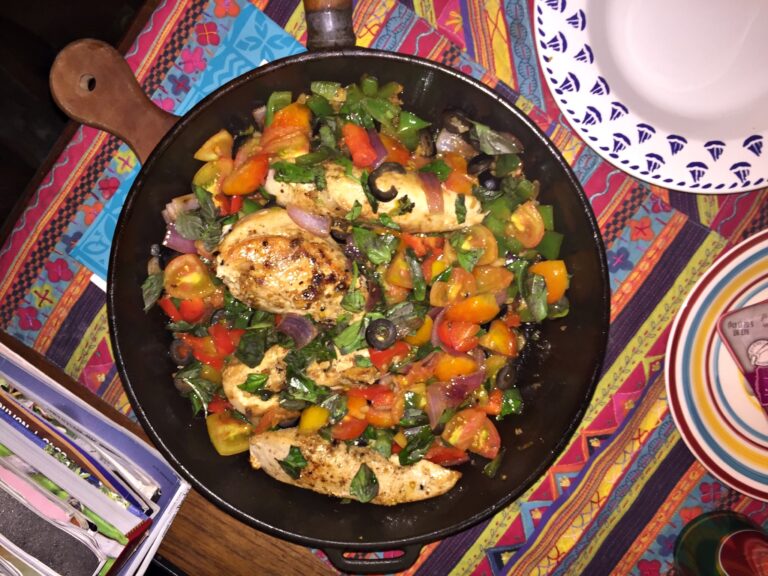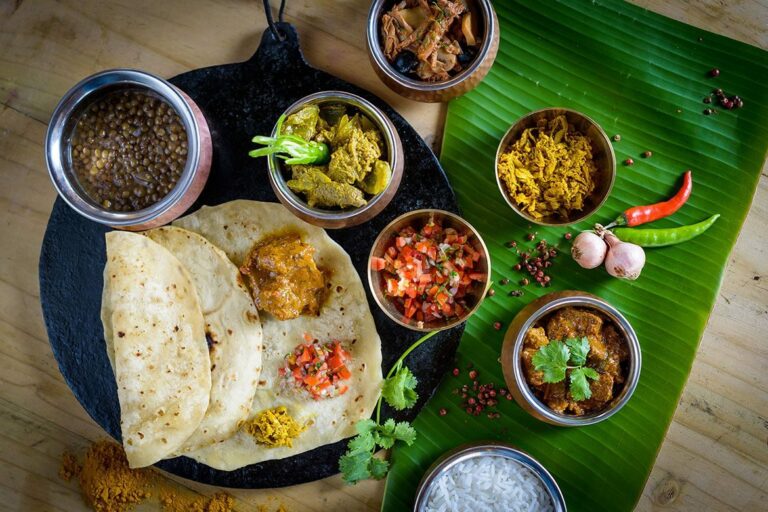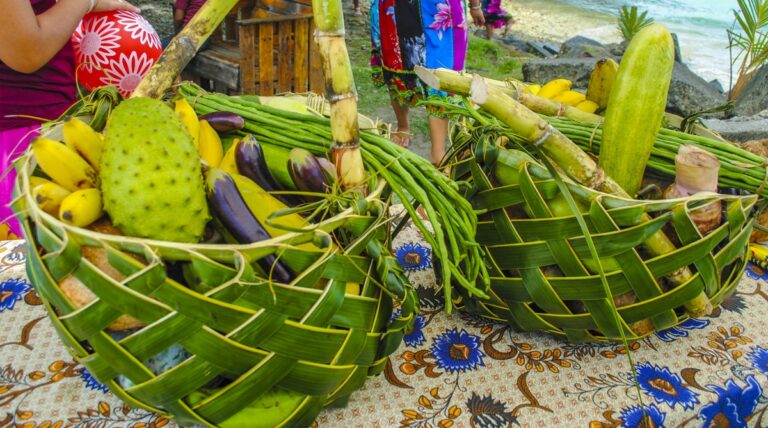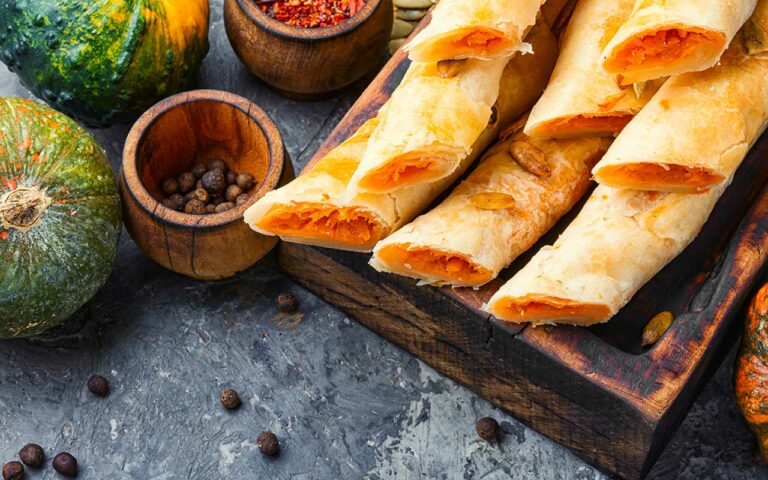Kitchen herbs enrich your dishes and have valuable ingredients. Here you get an overview of different kitchen herbs, their use and cultivation.
Kitchen herbs not only enrich your dishes in terms of taste, they also contain a number of health-promoting substances. These include, among others:
vitamins
minerals
polyphenols
flavonoids
bitter substances
tannins
antioxidants
Growing kitchen herbs at home
You can easily grow most kitchen herbs at home. They require little maintenance and little space.
You should follow these tips to ensure that your kitchen herbs develop well:
Most herbs need a light and warm place. A south-west window sill is well suited for this.
Water your herbs regularly, but in moderation. You should definitely avoid waterlogging.
Your herbs need enough space. Choose the right size pots and plant the herbs in larger pots if necessary.
In order for your herbs to be able to provide you with valuable nutrients, they also need sufficient nutrients. Use organic fertilizer since you want to eat the herbs later, such as nettle manure.
Even if the flowers of most herbs are beautiful to look at, they rob the plant of energy and thus its aroma is lost. Therefore, cut off the flower heads regularly.
Always harvest your herbs fresh when you need them. Dried herbs lose flavor and valuable ingredients, so it’s best to only dry smaller amounts as needed.
If you want to make herbs last longer, for example after pruning, you can freeze herbs. In this way, the ingredients and the taste are preserved as best as possible.
Classic among kitchen herbs
Parsely
Parsley is one of the most popular kitchen herbs in Central Europe. It is rich in vitamin C. Since the valuable vitamin is sensitive to heat, you should only add parsley at the end.
Use in the kitchen:
potato dishes
rice dishes
salads
sauces
dips
Pesto
Cultivation at home:
Parsley is frugal. The biennial plant requires no direct sunlight and only little water.
chives
Use in the kitchen:
egg dishes
salads
Herb quark
Cultivation at home:
Always use fresh seeds for chives, as the seeds quickly lose their ability to germinate
Remove wilted and yellow stems. A regular cut stimulates growth.
You can also use the flowers, for example to garnish salads.
lovage
Lovage is also called maggi herb. This is due to its unmistakable taste, which is immediately reminiscent of soup.
Use in the kitchen:
soups
Pesto
salads
Cultivation at home:
Lovage forms deep roots and therefore needs a large pot. It should be at least 30 centimeters deep.
The plant needs a humic soil because it needs a lot of nutrients.
If the leaves turn yellow, the plant either needs more space or more nutrients.
Mediterranean kitchen herbs
basil
Basil is one of the most popular herbs in Italian cuisine. There it is usually plucked into pieces instead of cut.
Use in the kitchen:
pasta dishes
Pizza
Salads, especially tomato salad or caprese
Basil pesto
Cultivation at home:
The plant needs a lot of heat and therefore usually only survives one season in our latitudes.
In general, basil needs a warm and sunny location.
Basil is very sensitive to fungal diseases. Avoid waterlogging and make sure the plant has enough space.
You can also easily multiply basil.
oregano
Another classic from the Mediterranean cuisine is oregano. Also known as wild marjoram or dost, it is closely related to marjoram.
Use in the kitchen:
pizza seasoning
tomatosoup
salads
pasta dishes
potato dishes
Cultivation at home:
The wild plant is quite easy to care for and frugal. Water them regularly, but not too much.
Wild marjoram reaches a stately size of 30 to 70 centimeters. So you need a big pot.
rosemary
Rosemary also comes from the Mediterranean region. Its unmistakable taste enriches countless dishes. In addition, the essential oils contained have a positive effect on your health. The best way to benefit from this is with rosemary tea or rosemary essential oil.
Use in the kitchen:
Potato dishes such as rosemary potatoes
tomato dishes
rice dishes
rosemary syrup
Cultivation at home:
Rosemary needs calcareous soil and a warm, sunny location.
Since it develops deep roots, a large clay pot is best. The clay avoids waterlogging.
Trim your rosemary regularly to keep it in shape and encourage new growth.
You can multiply rosemary. This works best with cuttings.
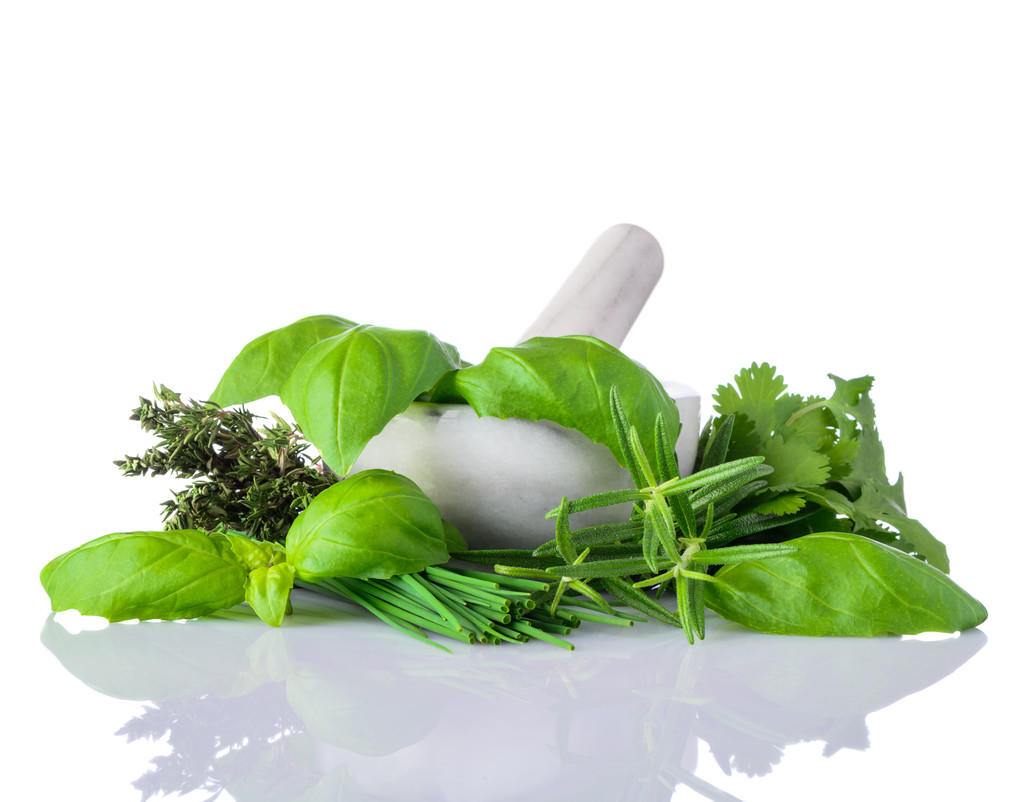
Particularly healthy kitchen herbs
Especially in folk medicine, herbs are not only used to flavor food, but rather because of their healing properties. Today, the effect of many herbs has also been scientifically proven. The following herbs are not only a taste enrichment, they also serve as a herbal pharmacy.
thyme
Thyme convinces with its unmistakable aroma. It is ideal as a cold tea. The best way to reap its health benefits is through thyme oil or by making thyme tea. You can also make thyme cough syrup.
Application in the kitchen:
potato dishes
salads
Goat or sheep cheese
barbecue marinades
gravy
sage
Sage is primarily known as a medicinal herb. Many people swear by sage tea for a sore throat. The herb has analgesic, anti-inflammatory and antibacterial effects.
Application in the kitchen:
pasta dishes
sauces
desserts
Sage butter

